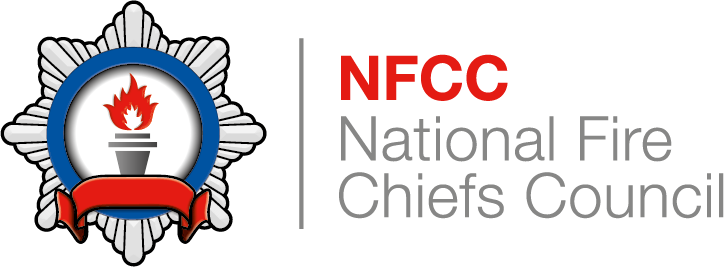National review of community risk methodology across UK Fire and Rescue Service
Navigation
Section
Demand and Risk
On the whole, the TWG assessed that all FRSs utilize demand data as part of their RMP and the allocation and distribution of resources to mitigate this risk. Primarily this was through the use of incident data in a way that identified frequency of incidents and type which fed into risk assessments looking at likelihood and severity. Where the TWG did find deviation however is where FRSs either remained with demand data or viewed demand data as the start of a longer process to utilize it into an understanding of risk. For example, many FRSs look at the frequency of incidents to answer the question of likelihood, distributing its resources based upon geographical areas of high incident demand. These FRSs were determined to resource to demand as the primary decisions around resourcing is based on historical demand. The gap identified in this approach is that a look backwards makes it slow to react to change in risk location as it has to happen first and become historical data as opposed to forward looking.
However, many FRSs utilize incident data along with other data sets to understand correlations between incident frequency and the characteristics of a person or community suffering them which influences the level of risk (including business). From TWG submissions the broad approach to this has been to utilize its own data sets alongside national data sets (Government and Private sector) and recognized processes or software to identify correlations and then map them geographically utilizing areas linked to Wards, Districts and LSOAs. Whilst this maps risk where current demand is, the difference here is that by identifying and mapping people at risk, this also highlights where future demand is likely to be which feeds into the FRSs planning with regards to resourcing and its RPP activities. However, Figure 31 indicates that there is clear variability in the extent to which response show evidence of risk assessment informing decisions about response and resource planning, with only eight FRSs showing clear evidence that response and resource planning are linked to the outcome of any risk assessments.
